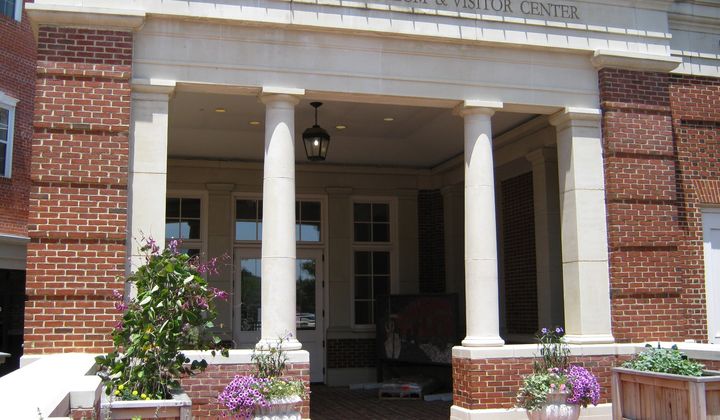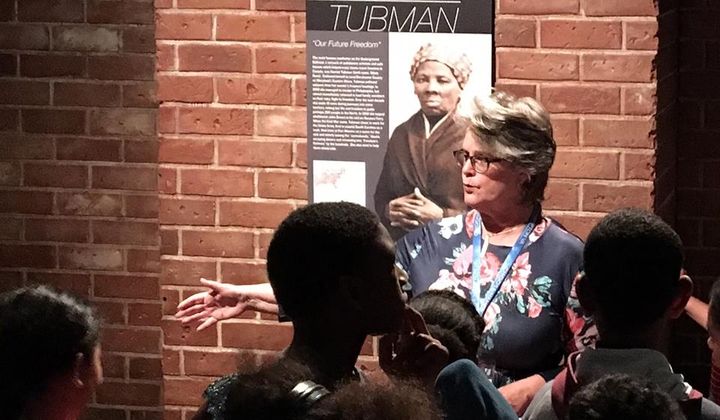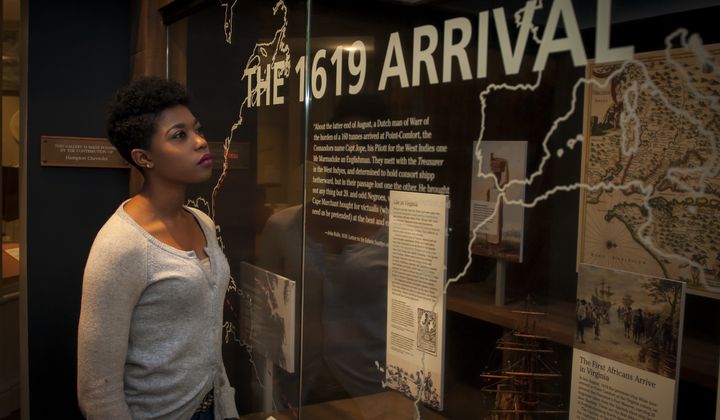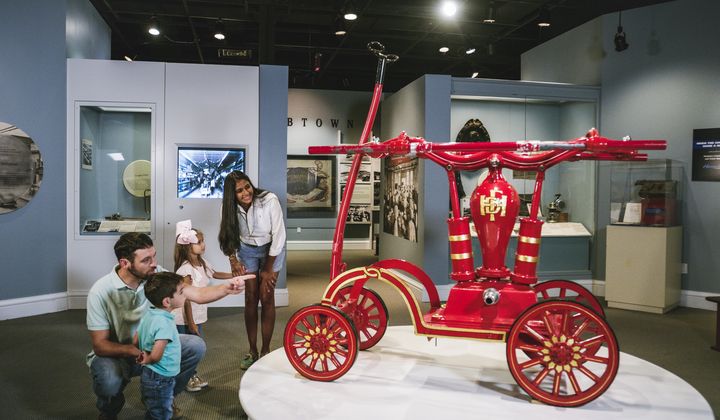Hampton History Museum
120 Old Hampton Lane, Hampton, VA 23669 - United States
Experience Hampton—a city prized for thousands of years for its beauty and natural resources, and fundamental in our national history—at the Hampton History Museum. Hampton is the oldest continuous English-speaking settlement in America, and artifacts drawn from the city's extensive collection highlight the diverse contributions from Native American civilization, early settlement, education, slavery, war, space exploration, and innovation.
Hampton’s history is America’s story, we invite you to come and make history with us!
Exhibits
Historic Black Beaches
African-Americans in many waterfront communities - denied access to public beaches - pooled esources to create their own coastal retreats. Many became vacation destination spots featuring hotels, music halls and amusement parks. All created special memories - from swimming to church services, family fun to formal dances. Two exhibits explore some of these special places. "Memorable Sands: Beaches of Northeast North Carolina and Southeast Virginia,” a traveling exhibit, looks at five beaches in North Carolina and Virginia Beach. Hampton’s own Bay Shore Beach, next to Buckroe Beach for more than 75 years, is featured in a separate exhibit.
1619: African Arrival
Drawing on the latest research, this exhibit tells the story of the Africans’ home in Angola, how they came to be enslaved aboard a Spanish slave ship San Juan Bautista, the terrible 10,000 nautical mile voyage that brought them to Virginia, and their lives on the farms and plantations in the new colony.
NASA: Hampton Takes Flight
This exhibit celebrates the NACA and NASA’s singular history and immeasurable contribution to the community in Hampton. The exhibit features artifacts and images acquired from NASA Langley Research Center. This installation is the first step in a comprehensive retelling of Hampton’s twentieth century history.
When the Computer Wore a Skirt: NASA's Human Computers
Explore the local history and personalities of the hit film “Hidden Figures.”
In 1935, a group of five women came to Langley to form a computer pool to process all the data coming in from wind tunnel and flight tests. It began as an experiment, but became something much bigger.
By 1942, the human computers had become essential to operations. A memo that April stated: "The engineers admit themselves that the girl computers do the work more rapidly and accurately than they could."
In the 1940's Langley also began recruiting African-American women as human computers, but due to segregation laws these "West Area Computers" were kept separate from their white counterparts. This changed in the 1950s as NACA (later NASA) integrated and the "human computers" extended into the broader scientific community at NASA. By the 1960s they numbered in the hundreds. This exhibit features three of these pioneers: Dorothy Vaughan, Katherine Johnson, and Hampton native Mary Jackson.
8th Annual BayShore Experience
Saturday, September 17, 6-8 pm
Free and open to the public
Join hosts Reginald Robinson and Judy Leonard for this annual celebration of “The Vacation Paradise of the South.” Enjoy this entertaining and enlightening stroll down memory lane recalling the premier seaside resort for African-Americans during the Jim Crow Era. In addition to the artifacts and photos that Reginald and Judy loaned to the “Historic Black Beaches” exhibit, they will have more items displayed in the Great Hall during the Bayshore Experience free weekend, September 17 and 18.
Participation in Museum Day is open to any tax-exempt or governmental museum or cultural venue on a voluntary basis. Smithsonian magazine encourages museum visitation, but is not responsible for and does not endorse the content of the participating museums and cultural venues, and does not subsidize museums that participate.






